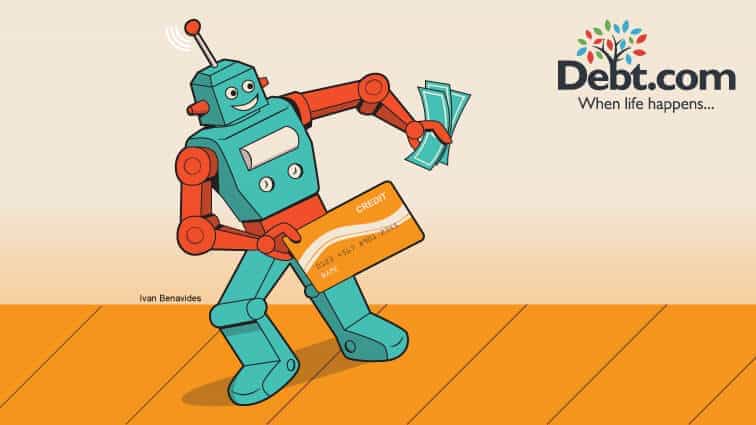Earlier this month, Tesla founder Elon Musk declared, “We’re only two years from being able to nap in self-driving cars.”
Tech experts went crazy at this announcement from the electric car entrepreneur. I’m a debt expert, however. My excitement steered in a totally different direction…
If technology will soon let us to get where we’re going without paying attention to the road, how soon before that technology can be applied to managing our debts?
Right now, driving a car and paying your debt have many concepts in common. For starters, both require training — but can quickly become boring if you don’t explore new areas. Both are best learned when you’re young. Both are subject to many laws.
Finally, both can be deadly if you don’t pay attention to what you’re doing.
Tesla vehicles already have self-driving technology, and many other cars have lighter versions of that tech. “Adaptive cruise control,” for instance, not only keeps your car at a certain speed without your foot on the gas pedal, it also slows down to keep you several car lengths from the vehicles ahead of you.
In much the same way, “debt tech” is still a developing field. When I first became a CPA nearly three decades ago, we had computer programs to help us, but most of our clients didn’t. Today, you can not only manage your money from your phone, you can even pay your taxes.
However, the debt tech does not yet exist that will totally manage your money.
The closest we’ve come are savvy and safe online budgeting tools called personal finance management programs. Among the best free ones are Mint and Power Wallet, but they all basically do the same thing: Allow you to import all your income reports (from banks and elsewhere) and all your expense information, then graph it all for you.
With a quick glance, you’ll see how much you’re spending and where. With a few clicks or taps, you can tweak your budget or create a new one. You can also log in each day to get a real-time report of where you stand financially.
These are amazing programs, and I tout them all the time. I tell clients: “Knowledge is not only power, it’s savings.” You can’t really save money if you’re not sure where you’re spending it.
Unfortunately, these programs still require you to set them up and revamp your budget. Therein lies the problem: People hate budgeting, and even when they buckle down and do it, they often do it wrong.
Just like self-driving cars are literally right around the corner, we need self-driving budgets. We need robots that can protect us from cash accidents.
I’m not talking about fully autonomous robots that could decide to kill us. I’m referring to artificial intelligence that can analyze our income and expenses for us, without us literally lifting a finger.
Imagine if you could ask your phone, “How much debt will I rack up this month if I don’t change my spending?” If the answer depressed you, imagine asking, “If I bring my lunch to work instead of eating out, what difference will that make? What if I dump my car lease and buy a used car? Should I pay off my credit card with the highest interest rate, or the biggest balance?”
Of course, if the technology for self-driving cars really matures, there may be no need for cabbies or chauffeurs. Likewise, if robots really can answer all your debt-related questions, there may be no need for financial experts like me.
If that day comes when I’m still alive, I’ll gladly ride off into the sunset. Why? Because finally, this country might start paying down more than $1 trillion in credit card debt. That debt keeps increasing, and Americans aren’t listening to human experts like me, Suze Orman, Dave Ramsey, Stacy Johnson, or Steve Rhode.
Maybe they’ll heed the robots.

